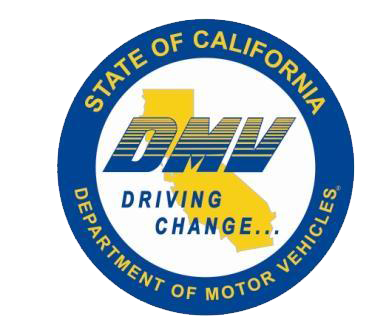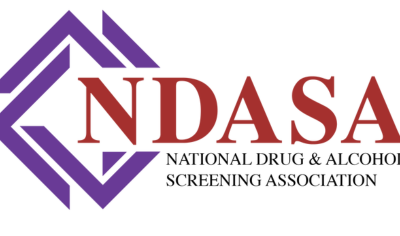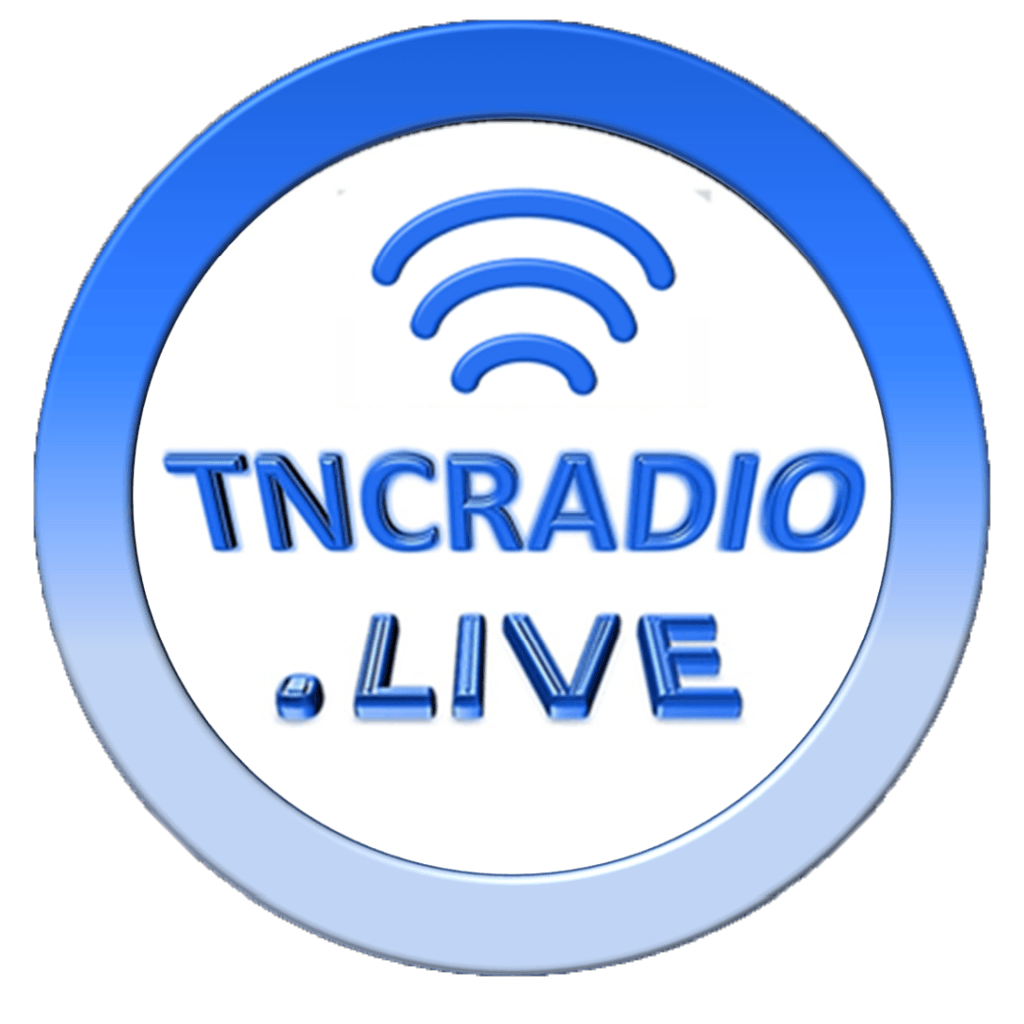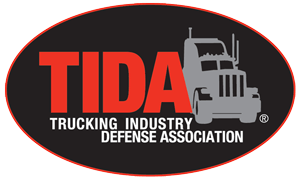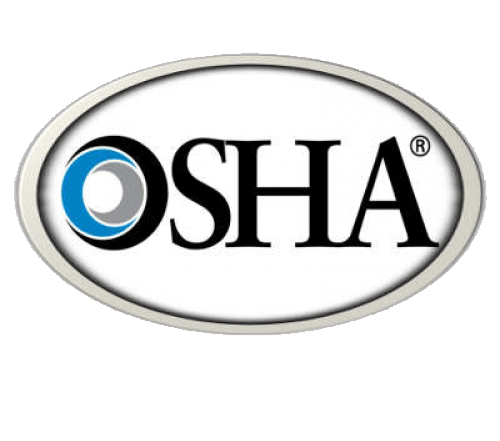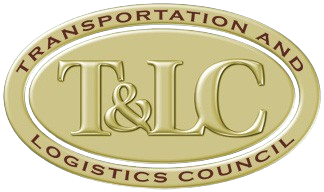California Air Resources Board (CARB) Passes Smog Check Regulation for Trucks, Buses
The last line in this article spells more cost to the Independent Contractor.
The California Air Resources Board approved a regulation that would require some medium- and heavy-duty trucks and bus owners to inspect their vehicles’ emissions control systems twice a year.
The Heavy-Duty Inspection and Maintenance program will roll out a statewide network of roadside emission monitors to screen for high emitting trucks, starting with the San Joaquin Valley and South Coast and expanding over time. It will also require vehicles with a gross vehicle weight rating greater than 14,000 pounds operating in California to perform periodic testing and submit the data to CARB.
As with passenger cars and light-duty trucks, California registration of these heavier vehicles will require passing an emissions control system inspection. Unlike light-duty smog checks, however, there is no requirement to go to a ‘brick and mortar’ heavy-duty smog check station.
Heavy-duty vehicle owners will be able to complete the required test and deliver the information remotely without having to travel to designated testing locations. For telematics users, an onboard diagnostics inspection that draws emissions control performance data from the vehicle’s internal computer, an inspection can be completed automatically without taking the vehicle out of operation. OBD systems have been required by CARB on heavy-duty vehicles since 2013. Older heavy-duty vehicles without on-board diagnostic systems would continue the current opacity testing requirements with an added visual testing component, twice each year.
The Heavy-Duty Vehicle Inspection Program will continue to augment the new testing requirements with inspections and testing randomly carried out at border crossings, California Highway Patrol weigh stations, fleet facilities and randomly selected roadside locations.
The regulation expects to cover roughly 1 million heavy-duty trucks and buses operating in California. While these vehicles comprise 3% of all vehicles on California roads, they are responsible for more than 50% of nitrogen oxides and fine particle diesel pollution from all mobile sources in the state, CARB officials said in a press release.
By 2037, the program is estimated to deliver reductions of 82 tons per day of NOx and fine particle diesel pollution. CARB also directed a four-times per year testing frequency for trucks with on-board diagnostics to be phased in over time.
The program is estimated to cost $4 billion. CARB officials say the program is expected to yield $75 billion in health benefits, prevent 7,500 air-quality related deaths and 6,000 hospitalizations and emergency room visits from 2023 to 2050.
The new program implements SB 210, which was authored by California Senator and ex-officio CARB member Connie Leyva in 2019. It will also include independent owner/operators who were exempt from the current program of periodic smoke inspections.
Content Disclaimer: Due to the constantly changing nature of government regulations, it is impossible to guarantee the total and absolute accuracy of the material contained herein or presented. NorthAmerican Transportation Association (NTA) cannot and does not assume any responsibility for omissions, errors, misprinting or ambiguity contained. NTA shall not be held liable in any degree for any loss, damage or injury caused by any such omission, error, misprinting or ambiguity present. It is made available with the understanding that NTA is not engaged in rendering legal, accounting or other professional service. If legal advice or other expert service is required, the services of such a professional should be sought.



